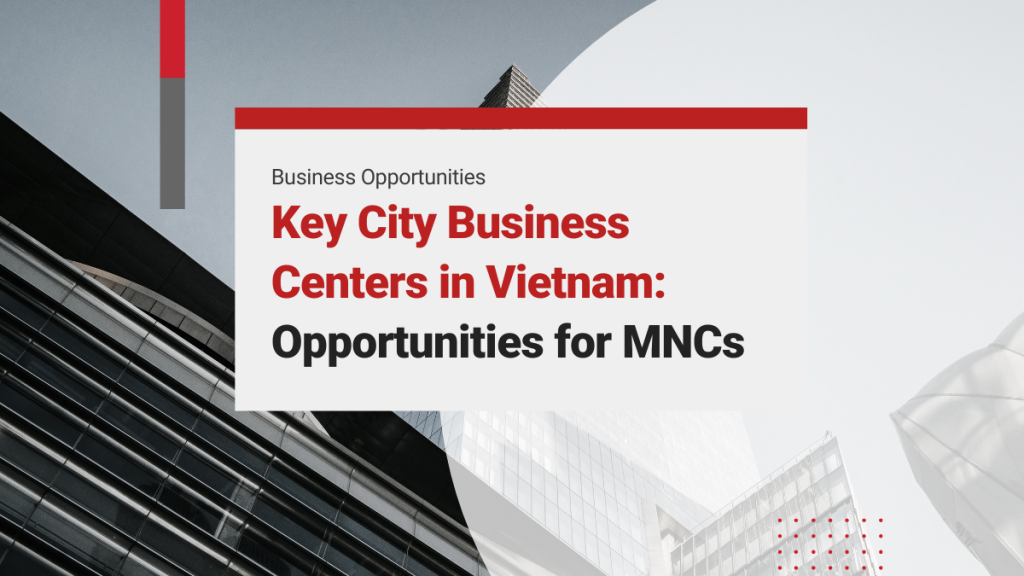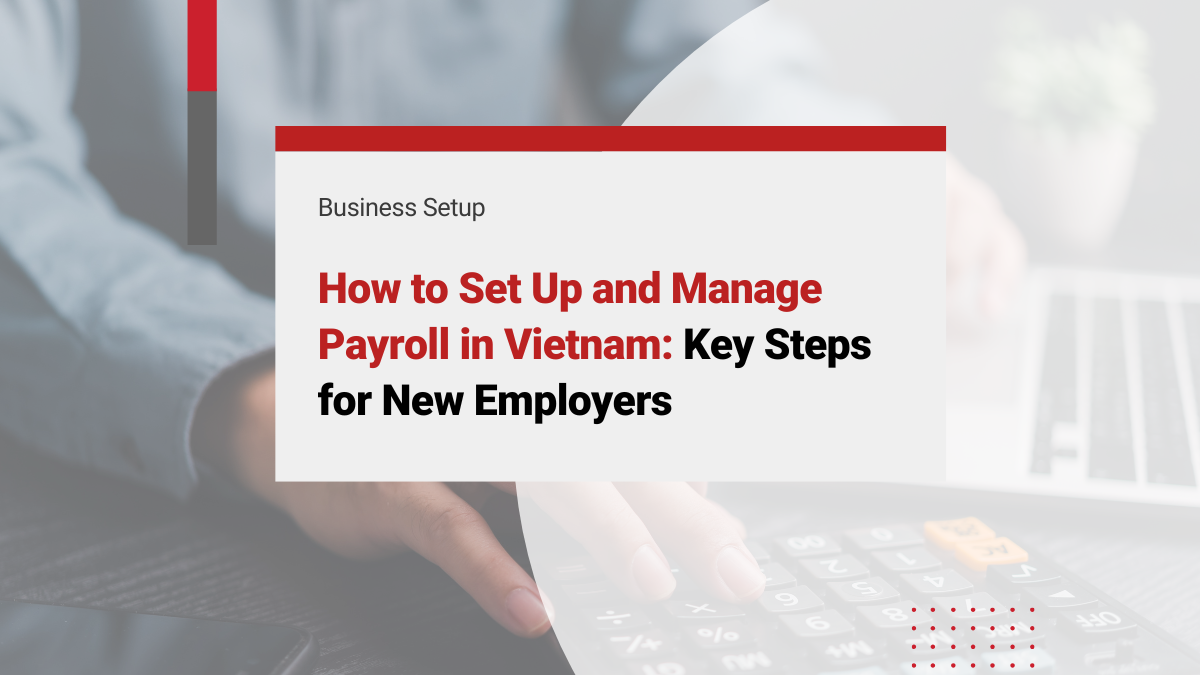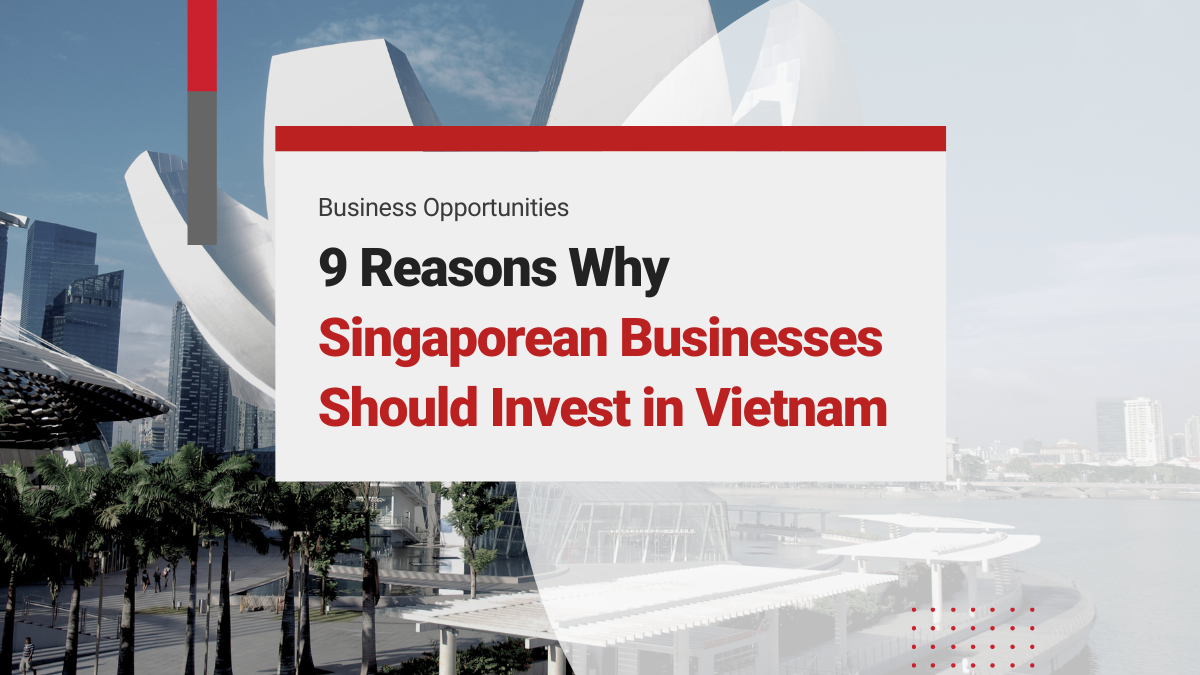Key city business centers in Vietnam are rapidly transforming, fueled by the country’s stable political environment, attractive government incentives, and competitive labor costs. These urban hubs play a pivotal role in Vietnam’s emergence as a leading business destination in Southeast Asia.
In this article, we have discussed the major city business centers in Vietnam and the respective sectors they promote. This includes two major cities – Hanoi and Ho Chi Minh City, which contribute most to the economy (40% GDP) and are home to many multinational corporations in Vietnam. Foreign investors looking to set up a business in Vietnam should consider the market dynamics of every city business center in the country before taking the plunge.
Investing in Vietnam? Check out InCorp Vietnam’s Incorporation Services
Vietnam’s Melting Pot: Ho Chi Minh City
While Vietnam is the 16th most populated nation in the world with 100.31 million people in 2023, it is not evenly distributed. Most of the population is concentrated in city business centers like Ho Chi Minh City, Hanoi, Danang, Bac Ninh, etc. This is because of the proximity to rivers, which flourished agriculture in earlier times and industrialization in modern times.
As of 2024, the HCMC population is 9,568,000 (over 9 million), which is more than 9% of the national average. While the population of Vietnam cities has grown over the years, Ho Chi Minh City has been growing steadily at a 2.7 – 2.6% rate since 2020. The busy city business center is expanding at a rapid pace as people pour in from other regions of the country and the world for better business and job opportunities.
This population boom in HCMC is due to the smart city implementation, which pumped in US$2 billion into the area to build the Thu Thiem eco-smart city. Ho Chi Minh City attracts 20% foreign direct investment in the country and contributes 23% of Vietnam’s GDP. As the country transitioned into an open market economy, the city attracted many corporations in Vietnam.
At present, the second phase of building the HCMC smart city business center is going on with an allocated funding of VND 2.76 trillion till 2025, which will connect it to 12 countries across the world. This expansion includes building transportation routes, public transport facilities, ways to eradicate flooding problems, and economic development in satellite cities. As part of the smart city plan, four key areas have been developed:
- HCMC Information Safety Center Operation JSC was formed as a public-private partnership
- Quang Trung Software Park’s public database and data ecosystem in District 12
- Socio-economic predictive research center
- HCMC People’s Committee (District 1) is the center of operations for the smart city
Read More: 9 Reasons to Choose Ho Chi Minh City in Vietnam to Launch Your Business
Historic Bustling Capital City for Hanoi Business
Vietnam’s capital, Hanoi, has seen significant development as a city business center from 1960 to 2013, with per capita electricity consumption and industrial establishments increasing by 93.75% and 97.75%, respectively.
However, Hanoi has struggled with sustainable development, ranking 98th in the 2018 Sustainable Cities Index, lower than other Southeast Asian capital cities like Singapore, Bangkok, and Kuala Lumpur.
In 2022, it moved up 13 places as the Vietnamese government concentrated efforts to turn Hanoi into a green and smart city by 2030. The target is to achieve a US$36,000 per capita Gross Regional Domestic Product (GRDP) by 2045.
Comparing the population of Vietnam cities reveals the deteriorating air quality conditions and the infrastructural needs of Hanoi. The city’s population crossed 7.7 million in 2023, and this growing population is owning private vehicles at an alarming rate. While private vehicles increase at a 4.6% rate annually, transportation projects only increased by 0.4%. As of 2023, Hanoi had over 550,000 automobiles and 5 million motorcycles.
Read Related: Future-Ready Digital Infrastructure Strategy Approved for 2025 in Vietnam
The Vietnamese government chalked out a three-phase plan to revamp Hanoi, with the first phase focusing on database and infrastructure building along with integrated online services and e-governance already completed in 2020. A crucial part of this infrastructural development is the Nhat Tan-Noi Bai region, which has received more than US$4 billion in investments from Japan’s Sumitomo Corporation and the BRG Group in Vietnam.
The second phase will continue till 2025, which mostly involves building a digital economy by consolidating the smart systems. In the last phase (from 2025 to 2030), a knowledge-based economy will trigger the formation of the Hanoi smart city.
Read More: Hanoi Business Incorporation Guide: Opportunities, Requirements, and How-To Steps
Danang: Emerging Smart City and Business Hub
Another city that has become a foreground for multinational corporations in Vietnam is Danang due to its easy access to the Central Industrial Region of the country. With a population of 1,188,000 and a stress on urban growth, Danang accounts for over VND 125 trillion worth of GRDP. This city business center is well connected with the rest of the world by means of a port and an international airport.
Danang attracts foreign investors because of its transport infrastructure (airports, seaports, roadways) and cheap, well-trained labor. Over 51% of people in this region are working, and the government’s investment in the education sector has helped in creating a dynamic young workforce. However, the limited population size and lack of training centers to support an expanding market might hamper business growth in this region.
The Danang city business center primarily attracts companies from the retail, IT, and high-tech manufacturing sectors. As a popular shopping destination, the city invests heavily in brands like Lotte Mart and WinMart, which are growing because of the presence of international clients. The market is also lucrative for preserved foods, furniture, and other specialized retail industries.
The IT sector in Danang is thriving, with 43% of the 700 businesses in the area belonging to this sector. Meanwhile, Hi-tech manufacturing is also flourishing with the advent of companies like ABB from the EU. There is an increasing demand for ICT-linked physical devices and hi-tech devices like chips in the region.
VSIP Bac Ninh: A Thriving Industrial Hub in Bac Ninh Province
For foreign investors looking for a Vietnamese city to invest in, Bac Ninh Province provides the perfect avenue. VSIP Bac Ninh is a bustling industrial region with a 1.5 million population, which has gradually transformed into a manufacturing hub in recent years. This city business center in Vietnam has the second-highest per capita income in the country.
VSIP Bac Ninh’s business potential can be seen in its ability to increase its GRDP by 10.04% in the first quarter of 2022, recovering from the COVID-19 pandemic. The region’s GRDP touched US$443 billion in 2022 because of the readily available industrial land for sale and the geographical advantage of the location. While the region is supported by international airports and seaports, 20.537 hectares of land are open for industrial use, a 2.3% annual increase.
However, the limited infrastructure and high competition in the VSIP Bac Ninh region compared to other big cities, might act as a deterrent for companies trying to set up business in Vietnam, as it will take more time to establish yourself.
The area is a thriving ground for industrial automation and electronic goods manufacturing, as 86% of hi-tech goods come from here. The availability of a skilled workforce and land, powered by favorable government policies and business operations procedures, has made it easier to manufacture smartphones, wearables, and other devices.
Read More: Bac Ninh Province: Manufacturing Hub—Strategic Cooperation with Bac Ninh Industrial Park
VSIP II Binh Duong: Industrial Excellence in Vietnam
Another favorite region for multinational corporations in Vietnam is the VSIP II Binh Duong area, having a population of 2.95 million people as of 2023. When it comes to foreign direct investment, this area is only second to HCMC. In the first three quarters of 2022, the Binh Duong region registered a GRDP growth of 7.91% courtesy of its strategic location and stress on sustainable development.
More and more foreign investors have their eyes set on the Binh Duong city business center as it is part of the southern central economic zone, growing 1.5 times quicker than the rest of Vietnam. The region is also supported by a smart city project to attract technological and scientific talent from across the world. However, the lack of workforce in the region can be a potential obstacle to business growth in this region.
Binh Duong is mostly known for its hi-tech sector, which is expanding as the companies and the government are pushing to increase the number of high-tech industrial parks in the area. The Vietnamese government has also put in place policies to develop high-tech agriculture in Binh Duong, including the use of the latest scientific developments to increase the yield.
VSIP Hai Phong: Gateway to Growth at Hai Phong Port
When one compares the population of Vietnam cities with industrial outputs, VSIP Hai Phong comes out as a key city business center. This port city with 1,382,000 people is expanding at a steady rate. As of 2022, the economy of the region reached VND 365 trillion, increasing by 12.32% from the previous.
Hai Phong is becoming a lucrative business destination for corporations in Vietnam due to its strategic location and investment incentives. While this port city lies close to Vietnam’s capital, Hanoi, it also acts as a getaway to the northern economic zone. This is further enhanced by the Vietnamese government’s land and real estate policies, including incentives to attract FDI.
However, setting up a business in this region can be challenging because of the expensive building materials costs. Since 2021, steel prices in Hai Phong have gone up seven times to reach VND 19 million per ton in 2022 from VND 17 million per ton in the previous year. This is caused by ever-increasing fuel and raw material costs.
VSIP Hai Phong is particularly good for foreign investors looking to invest in the Vietnam automotive industry, especially cars and trucks under 10 tonnes. The VinFast car manufacturing center has further boosted the automobile prospect of this region.
Read More: Trade Logistics in Vietnam: Top Megaports and Their Impact from Saigon to Hai Phong
Phu Quoc: National Park, Luxury Hotels, and International Airport
Last but not least is the Phu Quoc city business center which is home to 103,000 people. Compared to the population of other Vietnam cities, this might not seem much, but Phu Quoc is the most populated island of the country. In recent years, this region has grown extensively courtesy of the booming tourism sector, which makes it a lucrative business destination.
While the relatively mild climate of the region and the well-connected province road 975 give it an edge, the impending environmental disasters and early-stage development can be challenging. The 25-27˚C temperature draws tourists throughout the year, which is further supported by an extensive road network that connects it with the airport, Duong Dong, and An Thoi town. However, the region is extremely vulnerable to climate-change-linked natural disasters. Also, Phu Quoc is not fully developed to handle competition coming from international travel companies, travel agencies and resorts.
The economy of Phu Quoc is governed by tourism, which has made this land of untamed forests and pristine beaches a luxury travel destination. As of 2019, nearly 70% of people on the island worked in the tourism sector. In July 2024, this island received 63,000 foreign tourists, a 24% increase from the same period last year, resulting in a 14.4% increase in revenue, which touched US$64 million.
Conclusion
Vietnam’s key business centers, such as Hanoi and Ho Chi Minh City, have seen remarkable growth, largely fueled by the integration of smart city technologies. These advancements have created a dynamic environment, attracting investments across potential sectors like manufacturing, technology, and services. By leveraging smart infrastructure, these cities have become vibrant hubs for both domestic and foreign businesses, reinforcing Vietnam’s position as a regional economic leader.
Recognizing the importance of balanced development, the Vietnamese government is expanding its focus beyond traditional urban centers. Efforts are underway to transform other regions into industrial hubs, fostering inclusive growth across the country. InCorp Vietnam is proud to support this initiative, assisting businesses in navigating opportunities in emerging economic zones and contributing to the nation’s progress.

clients worldwide

professional staff

incorporated entities in 10 years

compliance transactions yearly
Learn the Right Setup for Business
Expansion in the Vietnam
Frequently Asked Questions
What Are The Two Major Cities In Vietnam?
- The two major cities in Vietnam are Hanoi, the capital, and Ho Chi Minh City, the largest city and economic hub.
What Is The Largest City In Vietnam
- The largest city in Vietnam by population is Ho Chi Minh City. It serves as the country's economic and financial center.
What Is The Second Largest City In Vietnam
- The second largest city in Vietnam by population is Hanoi, which is also the country's capital.
Where To Start In Vietnam
- Start in Hanoi for a cultural experience and access to northern attractions like Ha Long Bay and Sapa. Alternatively, begin in Ho Chi Minh City for a vibrant urban scene and proximity to the Mekong Delta. Both cities offer international airports and good travel infrastructure.






